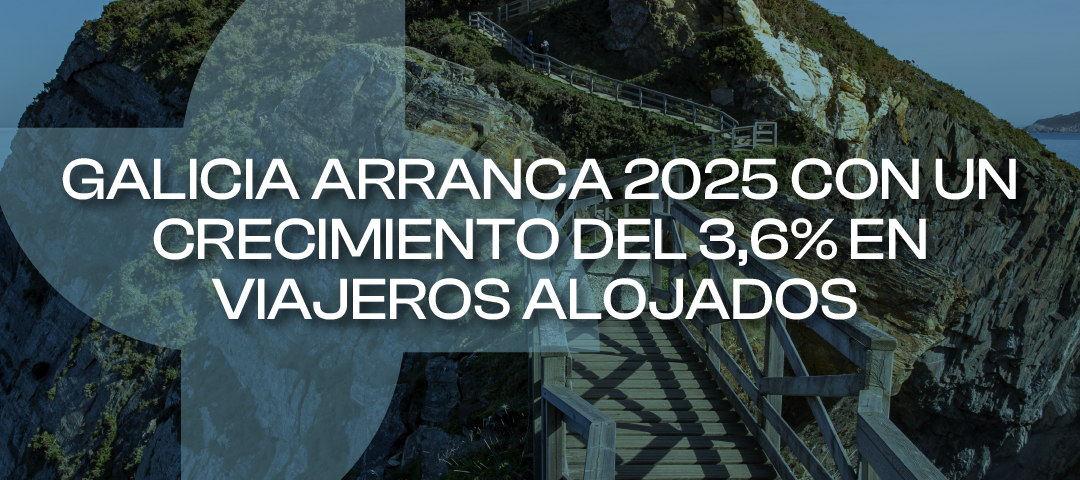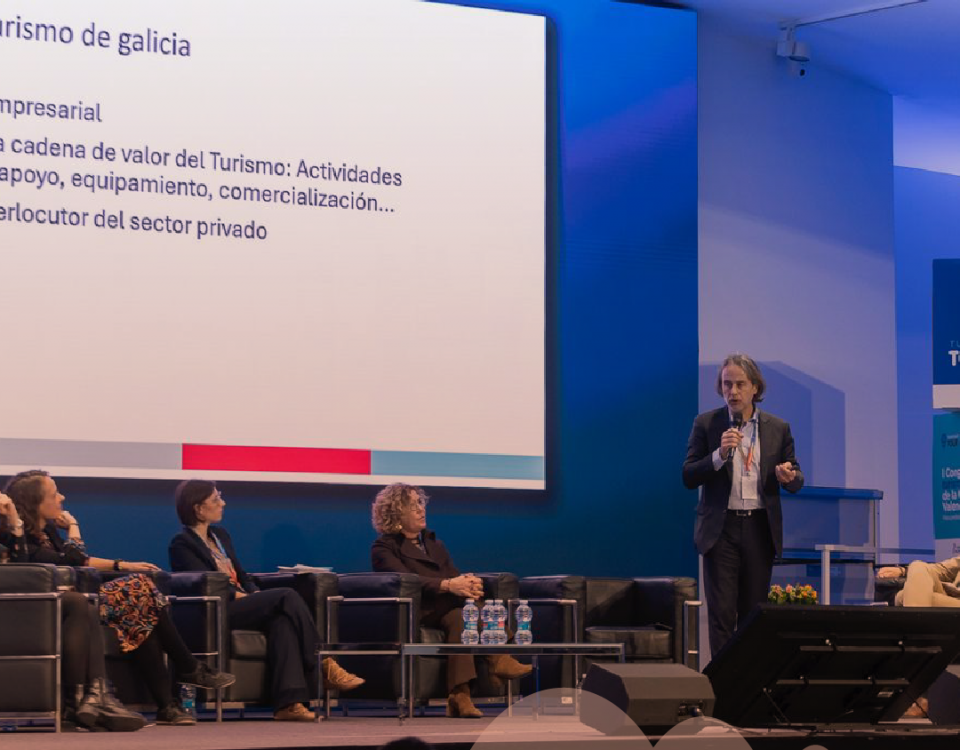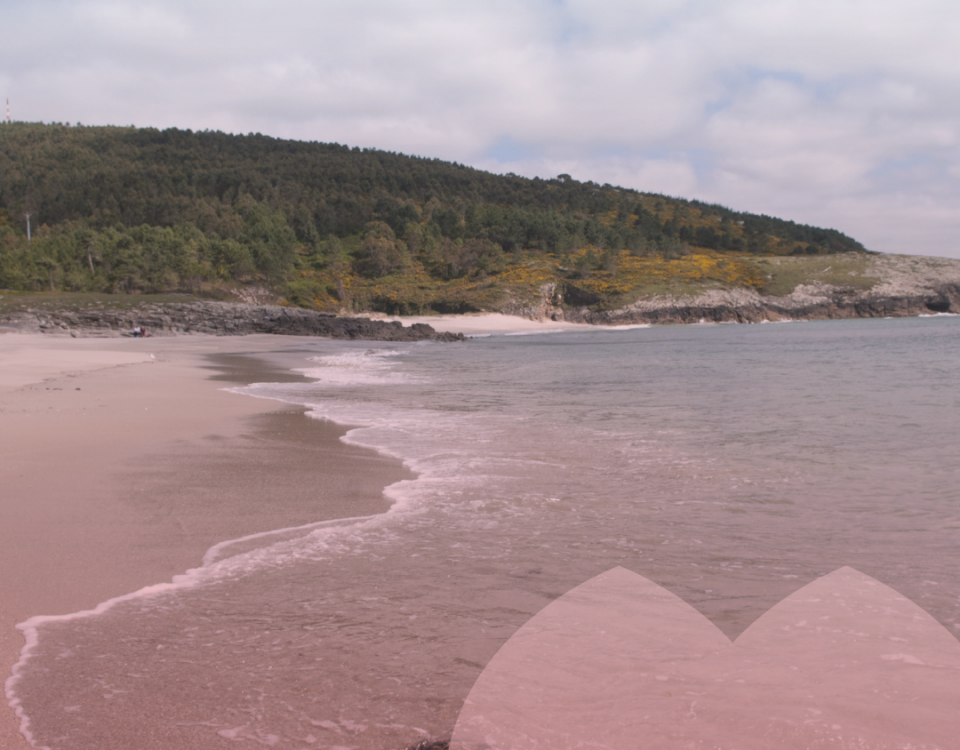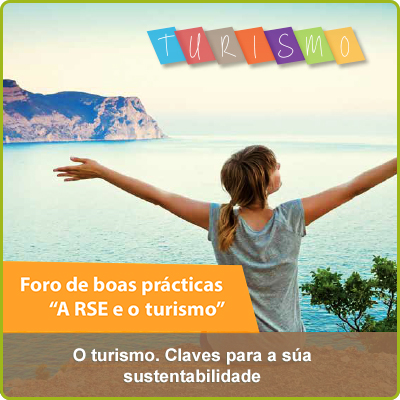- El mejor turismo de galicia
Galicia begins 2025 with a 3.6% increase in registered travelers compared to the previous year
Galicia begins 2025 with a 3.6% increase in registered travelers compared to the previous year
- The extra-hotel modality indicator stands out, experiencing a 14.3% increase in the number of travelers.
The first months of 2025 produced positive figures for Galician tourism. According to the latest data published by the National Institute of Statistics (INE), Galicia received a total of 436,282 travelers staying in tourist establishments during January and February, which represents an increase of 3.6% compared to the same period in 2024.
In most cases, 781,884 nights were registered, 1.9% more than last year, consolidating the upward trend that the vineyard is observing in the community.
One of the two most notable indicators is the growth of the extra-hotel modality, which includes tourist apartments, campsites, rural tourism and hostels. This segment experienced an increase of 14.3% in the number of travelers and 13.5% in nights, evidencing a diversification in the accommodation habits of visitors.
The month of February, in particular, showed an especially positive behavior: Galicia reported 235,006 travelers, which represents a 3.1% increase compared to February 2024. In addition, 414,160 nights were recorded, remaining for the second consecutive year above the limit of 400,000 overnight stays this month.
Regarding the visitor profile, national tourism continues to be the majority, representing 81% of total demand. Within this group, Galician travelers constitute 36%, while the remaining 45% correspond to other parts of Spanish territory. Pola súa banda, the international tourism situouse no 19% of the total.
The report also reveals information about the average expenditure of national tourists in Galicia. The largest investment is allocated to gastronomy, with an average expenditure of 77 euros, followed by health tourism (€73.2), cultural (€72.9), urban (€72) and congressional tourism (€71.7).
These figures reinforce the commitment to deseasonalization of tourism, a strategy that continues to give positive results in traditionally less busy months.









